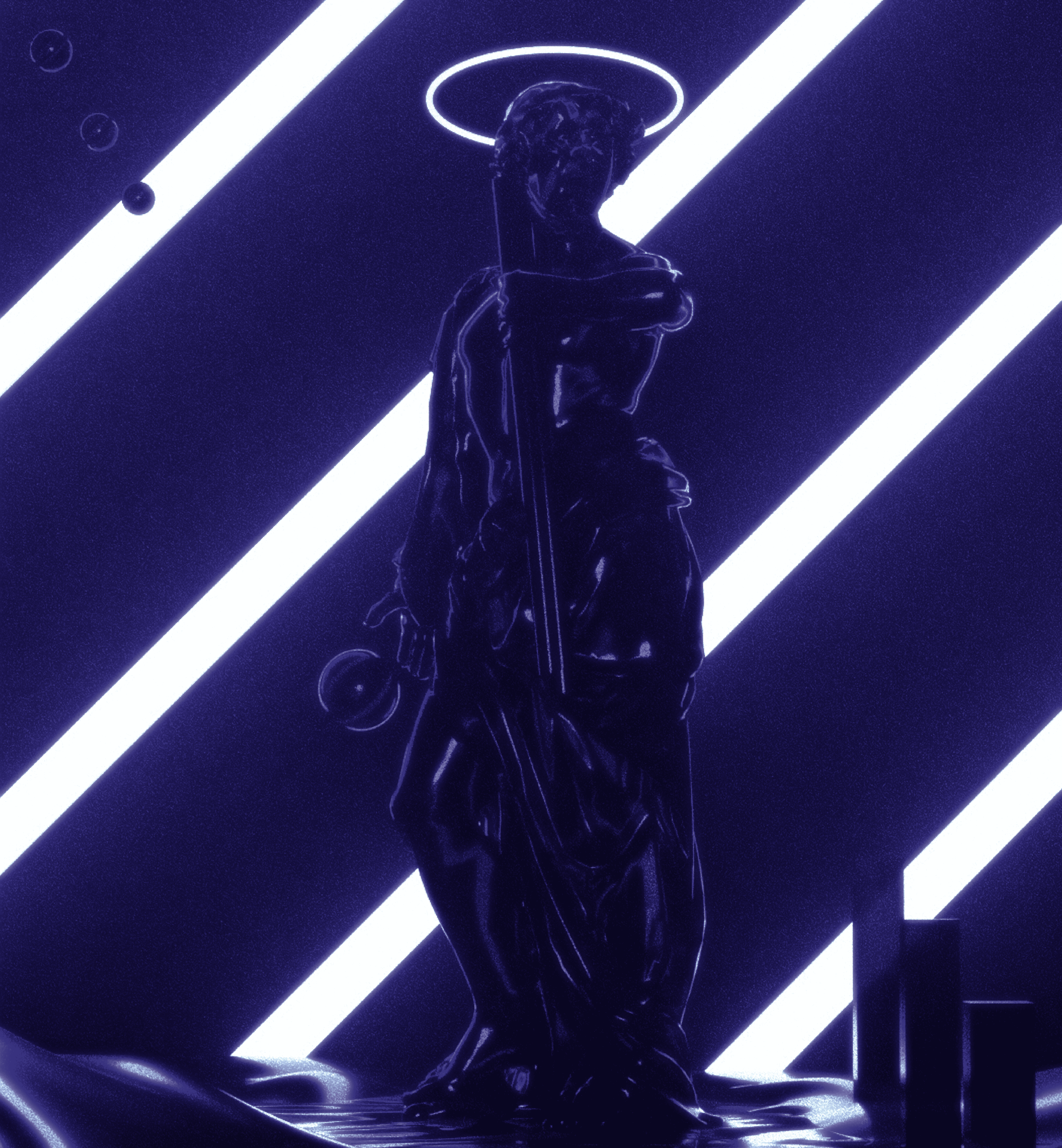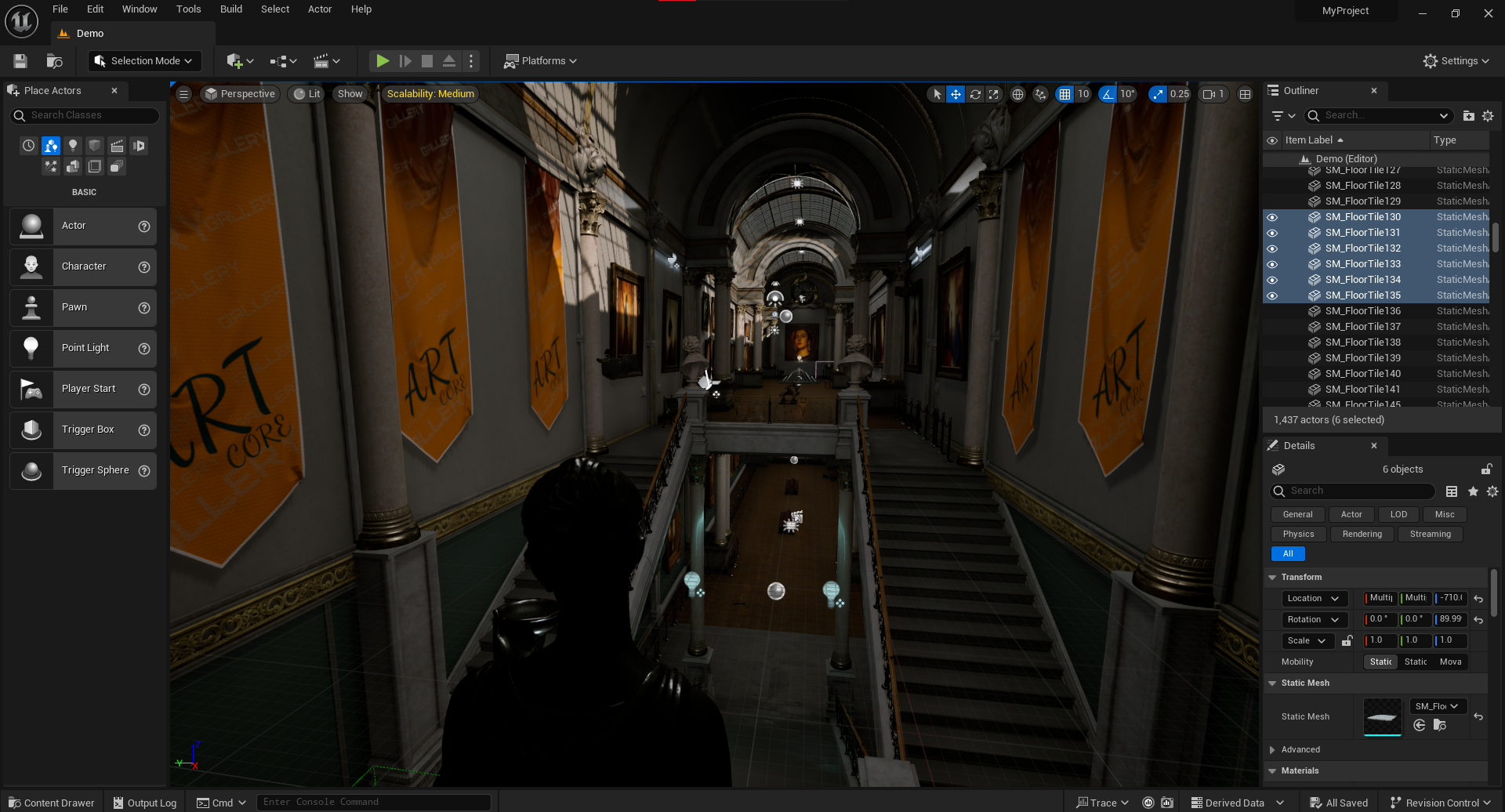
Experiment 1 (Blender)
From experimenting with different shapes and textures to playing around with lighting and shadows, every aspect of the process was an opportunity for learning and discovery.
Blender has been more than a tool for me; it has been a source of inspiration and creativity. Through Blender, I learned how to express myself visually and effectively in design and art. I also discovered the amazing potential of 3D software like Blender to create anything I can imagine.
Experiment 2 (Unreal Engine 5)
For my upcoming experiment, I have chosen to delve into the realm of virtual reality by conceptualizing and developing a virtual museum using the advanced capabilities of Unreal Engine.
This decision was driven by my desire to push the boundaries of conventional art display and create an immersive, interactive experience for viewers
My primary focus at this stage is to familiarize myself with the basics of Unreal Engine. This includes understanding its interface, learning how to import assets, exploring lighting and texture options, and experimenting with different camera angles and movements. Once





















